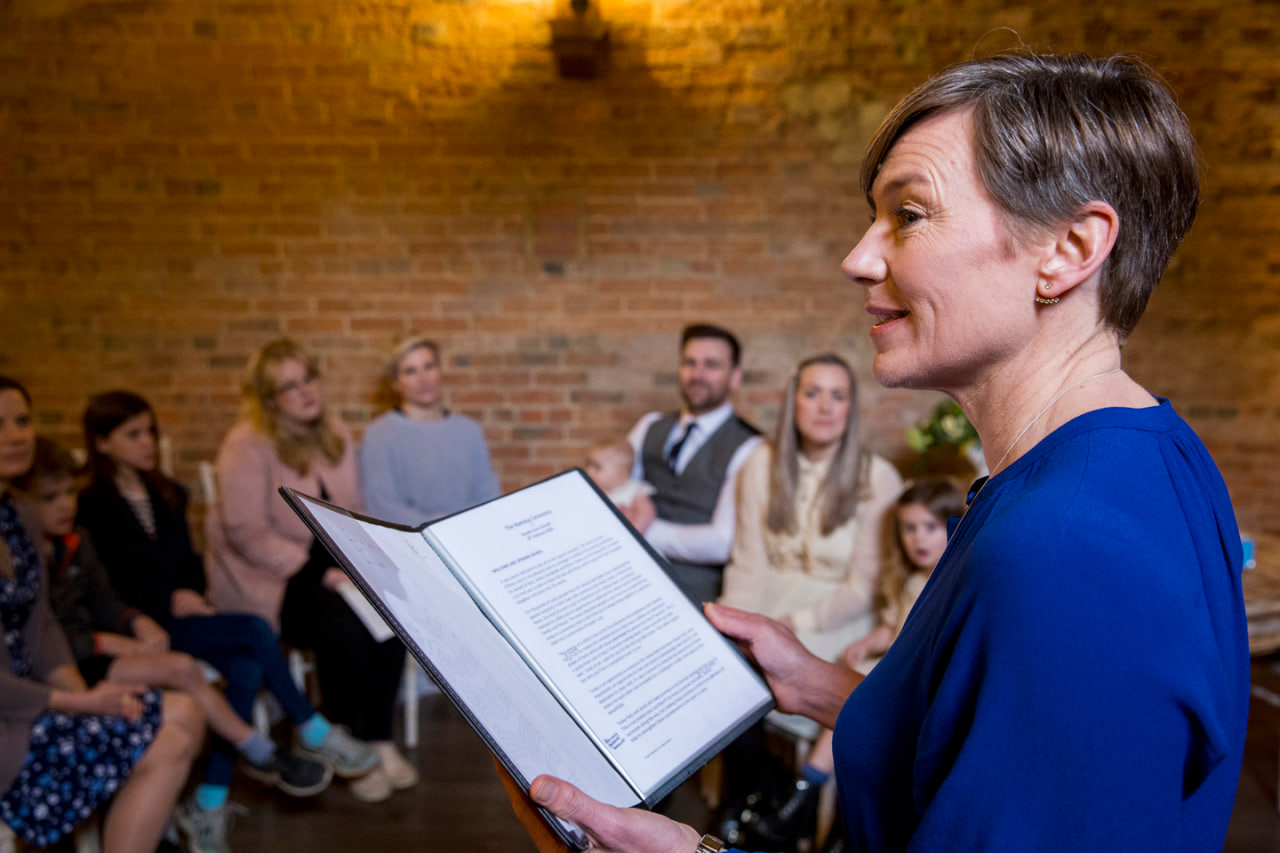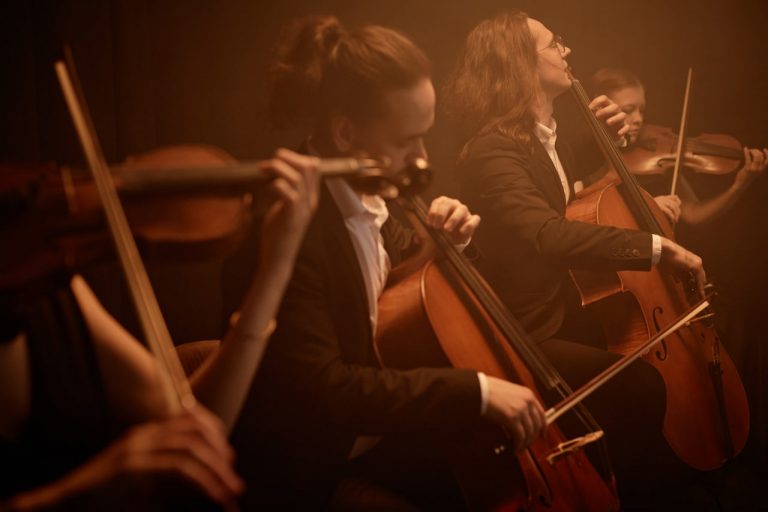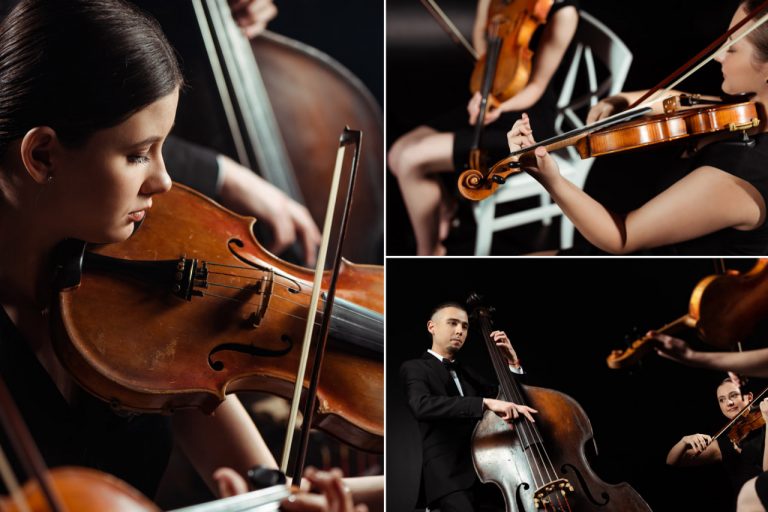Choral conducting is much more than just waving a baton or marking time. It is a powerful form of non-verbal communication that connects the conductor with singers, conveying emotions, intentions, and musical nuances. Body language and facial expressions play a crucial role in this exchange, helping to inspire, motivate, and guide the choir toward a unified and expressive performance.
Understanding and mastering these non-verbal cues can transform your conducting from purely technical to deeply engaging and expressive.
Why Body Language Matters in Conducting
The body is an extension of the conductor’s musical voice. While the baton communicates rhythm and tempo, the conductor’s posture, movements, and gestures provide context and emotional depth.
- Posture: A confident, open stance signals leadership and invites trust. Standing tall with relaxed shoulders conveys assurance, while a slouched or tense posture may suggest uncertainty.
- Gestures: Beyond basic beat patterns, expansive and fluid gestures express dynamics, phrasing, and intensity. The size and speed of your movements can indicate softness or power, calm or urgency.
- Energy: Your physical energy sets the tone for the choir. Energetic movements can invigorate singers, while calm, controlled motions can bring focus and tranquility.
The Power of Facial Expressions
Facial expressions are often the most immediate way conductors communicate emotion and connect with their choir.
- Eye Contact: Maintaining eye contact with different sections or individual singers fosters a sense of connection and accountability. It encourages attentiveness and responsiveness.
- Emotional Expression: Smiles, raised eyebrows, frowns, or intense gazes can reflect the mood of the music and help singers interpret the piece emotionally.
- Encouragement: Positive expressions reassure and motivate choir members, especially during challenging passages.
Communicating Dynamics and Phrasing Through Body Language
Dynamics and phrasing are central to musical expression, and body language is key to conveying these subtleties.
- Dynamics: Larger, more forceful movements often indicate louder dynamics, while smaller, gentler gestures suggest softness. Gradual changes in motion can communicate crescendos and decrescendos.
- Phrasing: Smooth, flowing gestures signal legato and connected phrases, while sharper, more angular movements may indicate staccato or accented notes.
- Breath Cues: Mimicking the breath or flow of a phrase with your body can guide singers on when to breathe or emphasize certain parts.
Building Trust and Confidence with Non-Verbal Communication
A conductor’s body language and facial expressions also help build trust and confidence within the choir.
- Reassurance: Calm, open body language can soothe nerves and create a supportive atmosphere.
- Authority: Clear, decisive gestures establish your role as the leader and instill confidence in your direction.
- Responsiveness: Mirroring the choir’s energy and reacting with empathy shows that you are attuned to their needs, fostering mutual respect.
Practical Tips for Improving Your Non-Verbal Conducting Skills
- Practice conducting in front of a mirror to observe your posture, gestures, and facial expressions.
- Record rehearsals to review and refine your non-verbal communication.
- Experiment with different expressions and gestures to see how they affect your choir’s response.
- Take acting or movement classes to increase body awareness and expressiveness.
- Always remain genuine—authenticity in your expressions builds stronger connections.
Common Mistakes to Avoid
- Over-exaggerating gestures to the point of distraction.
- Having a neutral or “blank” facial expression that disconnects from the music.
- Avoiding eye contact or looking down, which can disengage the choir.
- Stiff or rigid posture that limits expressiveness.




